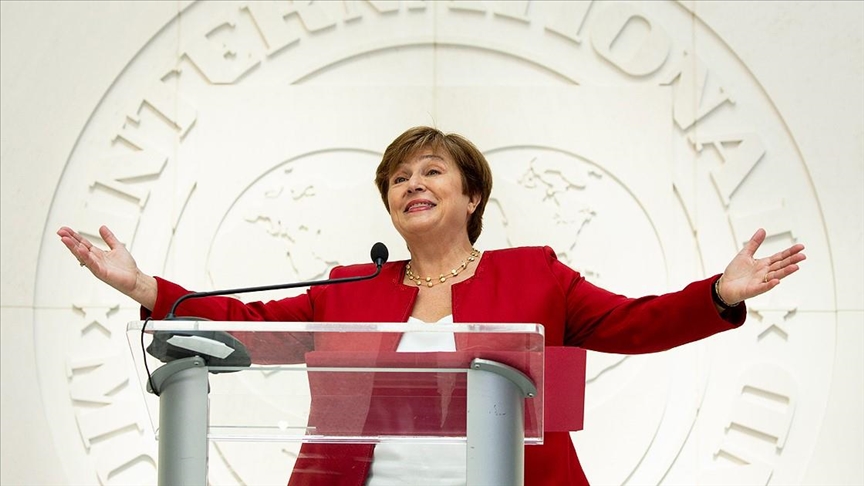The International Monetary Fund’s (IMF) lending to economically troubled countries has hit a record high as the world’s lender of last resort battles simultaneous crises that have pushed at least five countries into default, with more expected to follow.
The pandemic, Russia’s attack on Ukraine and a sharp rise in global interest rates have forced dozens of countries to seek IMF assistance.
A Financial Times analysis of IMF data shows that at the end of August the volume of loans disbursed by the fund amounted to $140bn in 44 separate programmes.
The figure, which is expected to grow further in the coming months as borrowing costs soar, is already higher than the amount of credit outstanding at the end of 2020 and 2021, when levels reached record annual highs.
Experts predict that further large rate rises by major market central banks will push up borrowing costs around the world and risk triggering a severe recession.
Some analysts say the IMF’s lending capacity could soon be stretched to its limits, as poor countries which are locked out of international debt market are forced to turn to the fund for support.
The IMF’s total commitments, including loans agreed but not yet disbursed, already stand at more than $268bn.
Kevin Gallagher of Boston University’s Global Development Policy Center warned that “only so many countries” could receive IMF support without “snapping the IMF balance sheet”.
Gallagher is co-author of a report this week warning that 55 of the world’s poorest countries face debt repayments of $436bn between 2022 and 2028, with about $61bn falling due this year and in 2023, and almost $70bn in 2024.
The fund downplayed the concerns. Its total commitments are “still a fraction of the [almost] $1tn that could be available”, said Bikas Joshi, division chief in the IMF’s strategy, policy and review department. “The amount of lending is rising commensurate with the increased risks faced by the countries turning to us for support.”
The IMF is in negotiations with several countries about support packages which would increase its total commitments further. Zambia and Sri Lanka — which both defaulted in the pandemic along with Lebanon, Russia and Suriname — are negotiating IMF bailouts as part of efforts to restructure their debts. Ghana, Egypt and Tunisia are in early talks for similar support.
The IMF approved a $1.1bn bailout for Pakistan at the end of August; Argentina is set to receive $3.9bn in the next few weeks as part of its $41bn programme.
Under IMF rules, member countries can usually only get support equal to up to 145 per cent of their IMF quota, or shareholding, which is roughly in line with each country’s share of the global economy.
This would leave $370bn available for low and middle income countries out of the IMF’s roughly $940bn total lending capacity. But that limit is often exceeded.
Argentina’s support package — approved in March as a restructuring of debts from its record $50bn IMF bailout of 2018 — is equal to more than 10 times its quota.
Analysts at Goldman Sachs expect Egypt soon to get a $15bn package, equal to nearly six times its quota. The IMF is making limited additions to its lending capacity.
It traditionally lends from two main facilities, the so-called general resources account and the poverty relief and growth trust, which lends at lower interest rates to low-income countries.
It recently set up a resilience and sustainability trust, designed to help countries deal with systemic challenges such as climate change, which Joshi said had received funding commitments worth $40bn, against a target of $45bn.
A new food shock window, to help countries hit by soaring food costs, is likely to be approved by the IMF’s board before its annual meetings next month.
ft.com
- Friday, April 4, 2025 Newspaper Headlines - 4 April 2025
- Blewett: MTN CEO, a pilot, author, chartered accountant, marathon runner and many more - 3 April 2025
- MTN Ghana launches Y’ello Ladies Network - 3 April 2025

